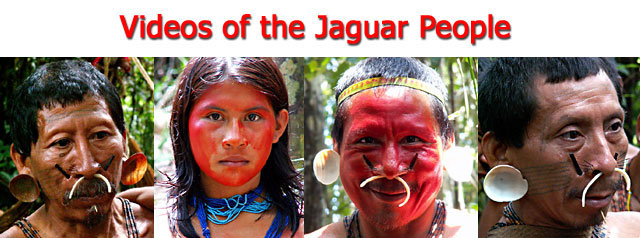
Iquitos, Peru Historic Weather Data |
|||||||||||||||||||||||||||||||||||||||||||||||||||||||||
|
|
|||||||||||||||||||||||||||||||||||||||||||||||||||||||||
|
|||||||||||||||||||||||||||||||||||||||||||||||||||||||||
espite being only three degrees south of the Equator, the weather in Iquitos is surprisingly pleasant, rarely too cold and never really hot. The normal nightly low temperature is about 70° F (22° C), while the daily high is seldom much higher than 90° F (32° C). Surprisingly too is the fact that the frequent Amazonian rains seldom limits activities as the rain storms are usually of short duration and one can simply wait a short while and the storms usually dissipate quickly as they are normally widely scattered. Temperature and precipitation in the Amazon have a predicable relationship. For example, if it heats up relatively early in the morning, you can generally be assured that it will rain later on in the afternoon, thus cooling things off and preventing the oppressive heat characteristic of other regions such as the Southern United States or the Caribbean. One frequent question is if there is a rainy season in the Amazon. The answer is not that simple and it really depends on what part of the Amazon you are in. Iquitos, Peru has a more even rain fall pattern as compared to areas further west. However, most years there is a distinctive "rainy season" lasting from March through May. The "dryer season" is from June throught August which is also the slightly "cooler season." From June throught August the average rainfall is about 40% lower than the "rainy season" (months of March through May). Overall, the monthly average rainfall in Iquitos is about 10 inches. That said, every year is different, and some years there are actually droughts in Iquitos with water being rationed by the City of Iquitos, an example being in 2005. In the Andes Mountains (e.g. Cusco) the rainfall pattern is much less even than in the Amazon Rainforest with typical summer rains and winter droughts. However, this summer rainfall pattern extends well into the Amazon and the foothills of the Andes (e.g. Machu Picchu) are a case in point in that they are essentially high-jungle Amazonian areas, yet have a distinctive high rainfall season more similar to Cusco than do the lower Amazonian regions like Iquitos. The rainy weather in Iquitos and the Amazon is in stark contrast to the Peruvian capital of Lima which is located on the Pacific Coast. In Lima, it very rarely rains, being in the rain shadow of the Andes Mountains. The average yearly precipitation in Lima is less than one inch per year, while in Iquitos it is more than 100 inches per year.
|
